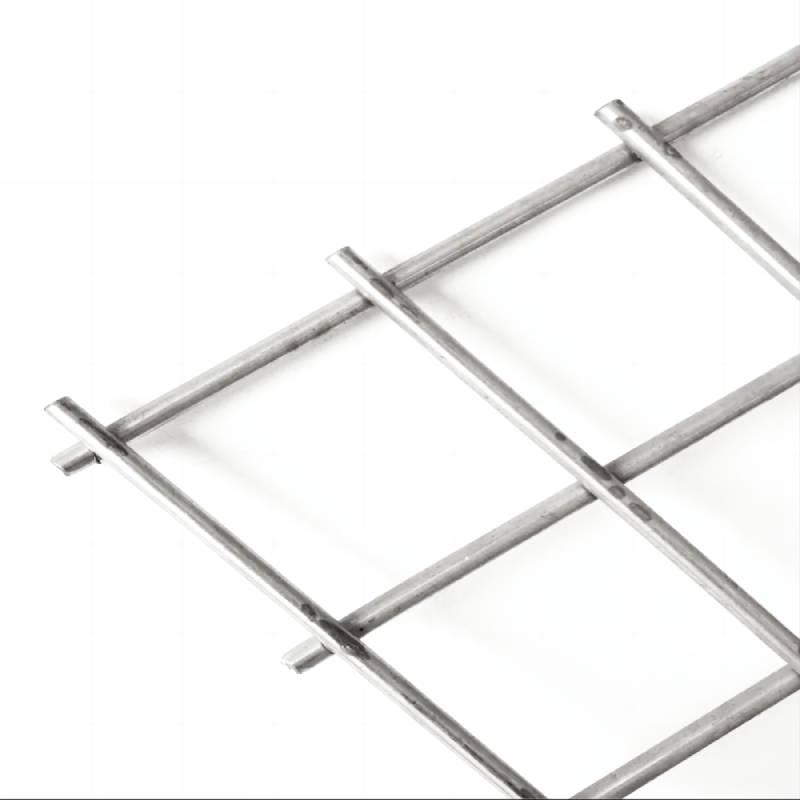Comparison of Woven Wire Mesh and Welded Wire Mesh for Various Applications
Woven Wire Mesh vs. Welded Wire Mesh Understanding the Differences and Applications
When it comes to wire mesh, two of the most commonly used types are woven wire mesh and welded wire mesh. Each type has its own unique properties, applications, and benefits that cater to various industries and requirements. Understanding the differences between these two types of wire mesh can help in making informed decisions for specific projects.
What is Woven Wire Mesh?
Woven wire mesh is created by weaving wires together to form a fabric-like structure. The wires run vertically and horizontally, intertwining in a crisscross pattern to create an open grid. This type of mesh is available in various sizes and configurations, with wire gauges that can vary to meet specific load requirements. Woven wire mesh is often used in applications such as screens, sieves, and filters due to its excellent flexibility and strength. The weaving process allows for a certain degree of stretch and flexibility, making it suitable for environments where some movement or vibration is expected.
One of the significant advantages of woven wire mesh is its versatility. It can be produced in a wide range of materials, including stainless steel, galvanized steel, and aluminum, which makes it resistant to corrosion and suitable for both indoor and outdoor applications. Additionally, the apertures created by the woven pattern can be tailored to specific separation needs, resulting in efficient filtration and screening capabilities.
What is Welded Wire Mesh?
Welded wire mesh, on the other hand, consists of wires that are electrically welded at the intersections to form a rigid sheet. This method of construction provides a stable and strong mesh that is less flexible compared to its woven counterpart. Welded wire mesh is commonly used in construction, agriculture, and industrial applications where structural integrity is crucial. The welded joints create a strong bond that allows the mesh to withstand higher loads and more significant stresses, making it perfect for reinforcing concrete, enclosing areas, and serving as durable fencing.
Welded wire mesh also comes in various gauges and sizes, and it can either be galvanized for rust resistance or left untreated for specific applications. Its rigidity means that welded wire mesh is often easier to install, as it does not require the same level of careful handling as woven wire mesh.
woven wire mesh vs welded wire mesh

Comparisons in Flexibility and Strength
One of the primary distinctions between woven and welded wire mesh is flexibility. Woven wire mesh is inherently more flexible due to its design. This flexibility allows it to adapt better to different environments, especially in applications requiring movement or vibration dampening, such as in vibrating screens or decorative mesh panels. Conversely, welded wire mesh offers greater rigidity and strength, making it more suitable for applications that require a stable structure, such as fencing for livestock or reinforcing bar grids in concrete.
Applications and Industries
The choice between woven and welded wire mesh often depends on the specific requirements of a project. Woven wire mesh is frequently utilized in industries such as mining, food processing, and environmental filtration, where the need for precise screening and filtering is vital. Its versatility and range of materials also make it ideal for creative applications, including architectural design and art installations.
Welded wire mesh finds its niche in construction, agriculture, and industrial settings. It is commonly used in concrete reinforcement, where its strength enhances the building's structural integrity. Additionally, welded wire mesh is widely used for fencing in agricultural settings to keep livestock secure or to create enclosures for gardens and properties.
Conclusion
In summary, both woven wire mesh and welded wire mesh offer unique advantages tailored to various applications. Woven wire mesh excels in flexibility and versatility, making it ideal for filtration and decorative applications. On the other hand, welded wire mesh's rigidity and strength make it suitable for construction and agricultural uses. Understanding these differences can aid in selecting the right type of wire mesh for specific needs, ensuring optimal performance and durability in any project. Whether one is reinforcing a structure, creating a filter, or designing an aesthetic feature, the choice between woven and welded wire mesh remains critical for achieving the desired outcomes.
-
Space-Saving Chain Fence Hacks Vertical Gardening with Cyclone MeshNewsJul.16,2025
-
Innovations in Iron Nail Wire Production for Modern ConstructionNewsJul.16,2025
-
Creative Uses of Wire Netting Fence in Modern Landscape DesignNewsJul.16,2025
-
Barbed Wire Fence Innovations in Anti-Climb TechnologyNewsJul.16,2025
-
Architectural Uses of Umbrella Nails for Aesthetic Roof DesignsNewsJul.16,2025
-
Architectural Uses of Razor Barbed Wire in Secure Urban DesignNewsJul.16,2025




